curatorial text
Jimena Ferreiro
The fire that we have built
When World War I broke out – says Georges Didi-Huberman – Aby Warburg used his multiple investigations in the field of art history as a tool to try to understand the conflict, and in this way he put together an insane archive of documents – “a kind of a war museum ”- where he understood that there were very close links between the images and the destruction caused by men.2
Matilde Marín shares a similar obsession, although formulated in a different way. Her work, as prolific as it is austere, revolves around a latent and insistent concern that runs through all her artistic production. The memory of men and our ways of existence weave together her works, and perhaps for that reason whenever she is asked about the usefulness of art, she responds without hesitation, that the role of the artist lies in being a “witness”. Being there, being a narrator of the present time and the vestige of the past, a task for which the images become their ominous allies.
Since 2005 Matilde gathers evidence in a work in progress built from cuttings of hundreds of smoke photographs that appeared in the graphic press, with their respective legends: “It is enough to read them to have a global vision of our troubled time,” she points out.3 Finally, when she managed to make out a considerable body, she was able to see that “the smoke was internally linked to war, environmental disasters and rarely to pleasant moments. I cut many of them, and as I always do, once the idea was mature, then I started working on it”.4 What followed was a long odyssey of a work that found successive materializations in its drift. Thus, When one sees the blue smoke of Ithaca became an artist’s book in its first version, which also contained a musical piece composed by Marta Lambertini, for which José Emilio Burucúa added historical texts, and which was presented in the Teatro Colón Experimentation Center in 2012. In the context of the 2016 arteBA fair, a video was incorporated on the implosion of factory 53 of the Eastman Kódak Company where the film for analog cameras was produced: “the end of an era , definitely”. It was also shown as part of its anthological exhibition in 2017, where the video of the Kódak was mirrored in a large image of smoke about nuclear tests in the Pacific. 5 Finally, in April of this year, the series was shown in the XIII Havana Biennial where she worked with the front pages of newspapers, in a selection of events that include records of the climate threat against CO2 pollution from the Belchatow power plant in Poland; the 1971 nuclear explosion on the Mururoa Atoll in French Polynesia; the fracture of Salvador Allende’s military coup in 1973 at El Palacio de La Moneda; the devastating wave of fires that swept through the Peloponnese in 2007; the indiscriminate abuse of natural resources in the Amazon during the last 20 years; or the recent ash clouds from the Icelandic Grímsvötn volcano. “Contemporary scars that Matilde Marín portrays”. 6
***
As I write this text, the ashes of the Amazonian criminal fires still fly over the skies of the region, something that Matilde warned us about in her work. It is enough to review the records of the multiple posts of When one sees the blue smoke of Ithaca, to discover that the imminence of the ecological catastrophe was already there, as well as the signaling of the humanitarian crisis, among other crucial episodes in recent history. “Photography provided me with social registration and the possibility of documenting nature and editing it,” 7 reflects the artist, noting that the passage from hand to eye (or rather, from engraving to photography), amplified her field of action and added intensity to her investigations. However, although the conjuncture is present in her work becoming an imponderable, Matilde developed the skill so that her art is located beyond the event. And that is why, in addition to referring to disasters, these fumes open as a threshold in search of other senses. The smoke escapes to measure, it is immeasurable and misshapen like a ghost in space; it is ancient and enigmatic, predictive and divinatory like the flight of birds, the sound of bowls or the rolling of stones. The smoke caused by fire is also purification and healing, punishment and bad omen. Burucúa is thinking of this chain of signifiers when he remembers that: “From the past, however, other experiences of the phenomenon come to us, from its manifestation in the sacrifice of the great religions, a sacred act par excellence, to its metaphorical value that it once alluded to the action of love and anger at the bottom of the soul”8. The fire is also all the bonfires where the insurgent women burned, the Napalm massacres caused by the North American army in Vietnam (a destination that Marín knew in his many tours as a traveling artist where she also produced some pieces) and the destruction of the malones in the war for expansion of the border of the Argentine State (precisely in the Patagonia that the artist visited so many times). Smoke is scorched earth but also a sign of hope. It is no coincidence that the title refers to the blue smoke of Ithaca – the ceremony of the hero’s return in Homeric poems -, where smoke means promise (“when one sees”, she says conditionally). A celebration that became more poetic and capricious due to a translation error that applied the adjective of blue where it was not in its original version. Great favor for the history of the images and for these chronicles that Matilde Marín organized that allow us to think about those fumes with other qualities. Nostalgia is blue and sadness is being away from home. Odysseus’ exile and the journey of 20 years to return to his land also play a key role in When one sees the blue smoke of Ithaca. The estrangement is a process that reveals an alienating and maddening distance; but on second thought, artistic practice is itself a tear because it breaks out, shaking up the everyday order. Aldo Pellegrini said that the excess of feelings places the poet, like the criminal, outside the law.9 The images invoked by Matilde Marín contain the fury and enigma of all time, perhaps because fire remains one of the most essential and captivating, reminding us that destruction is the genesis of art, in a perpetual dialectic of annihilation and redemption. When the fire grows, I want to be there. 10
1 “El fuego que hemos construido” es la última canción del disco La Dinastía Scorpio (2011) de la banda El mató a un policía motorizado.
2 George Didi-Huberman, “La exposición como máquina de guerra”, en Minerva, Madrid, 2010.
3 Correspondencia con la autora, Buenos Aires, 17 de julio de 2019.
4 Marcela Costa Peuser, “Matilde Marín, Artista invitada a la Bienal de la Habana”, en arte on line, 25 de abril de 2019.
5 Arqueóloga de sí misma, curada por Adriana Almada en el Espacio de Arte de la Fundación OSDE.
6 Texto de sala, XIII Bienal de La Habana, 12 de abril-12 de mayo de 2019.
7 Fabián Lebenglik, “Fotografías de una condición viajera”, en Página 12, Buenos Aires, 27 de junio de 2017.
8 En Matilde Marín, Cuando divise el humo azul de Itaca, Buenos Aires, Edición Kontemporánea Proyecto de arte, 2012.
9 Aldo Pellegrini, Fundamentos de una estética de la destrucción (1961), citado en Andrea Giunta, “Destrucción-creación en la vanguardia argentina del sesenta. Arte y política. Mercados y violencia”, en Razón y Revolución, nro 4, otoño de 1998.
10 “Yo caníbal”, canción de la banda de rock Los redonditos de ricota, incluido en su disco Lobo suelto, cordero atado Vol. 2 (1993).
view more
exhibition

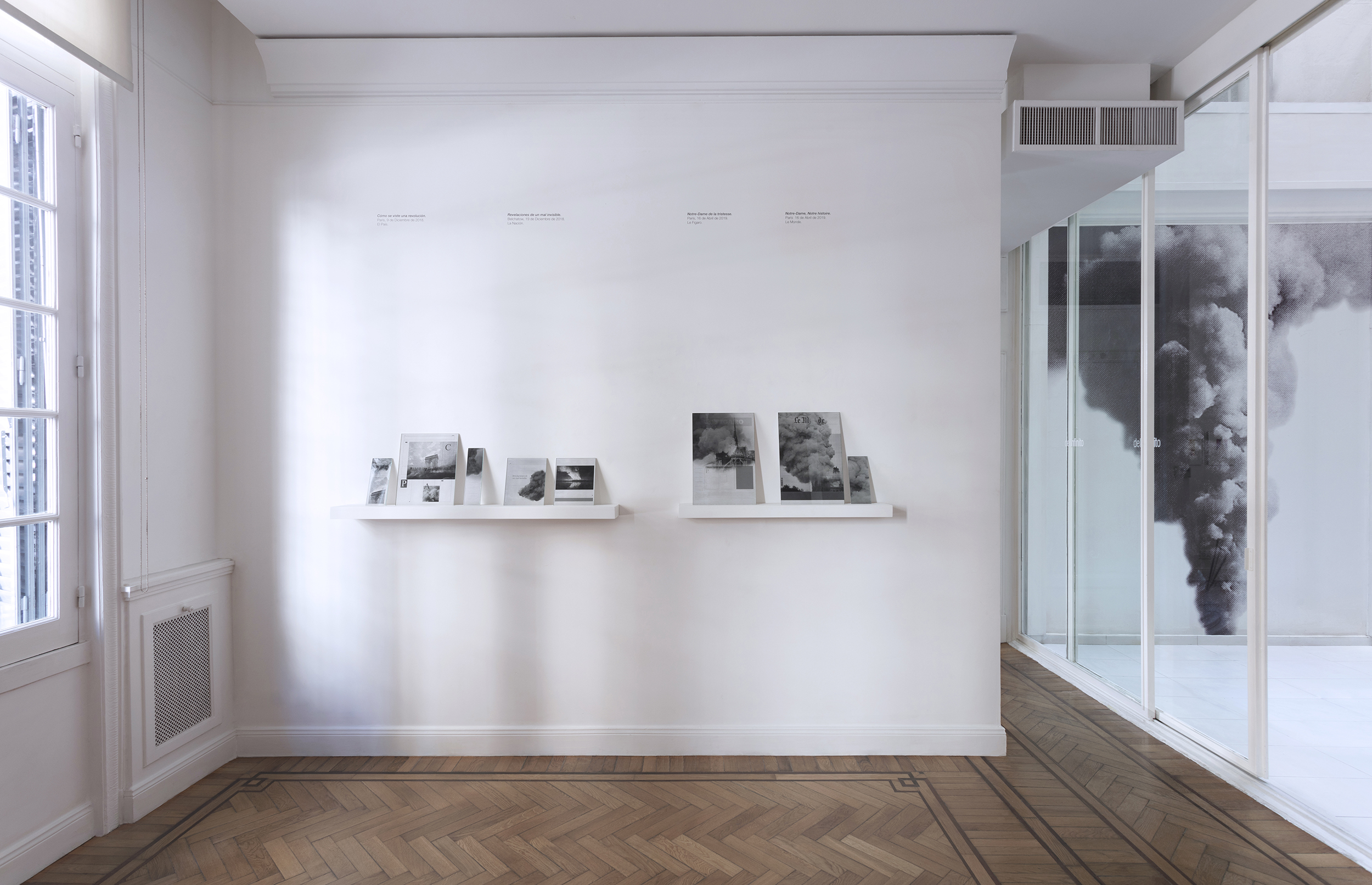
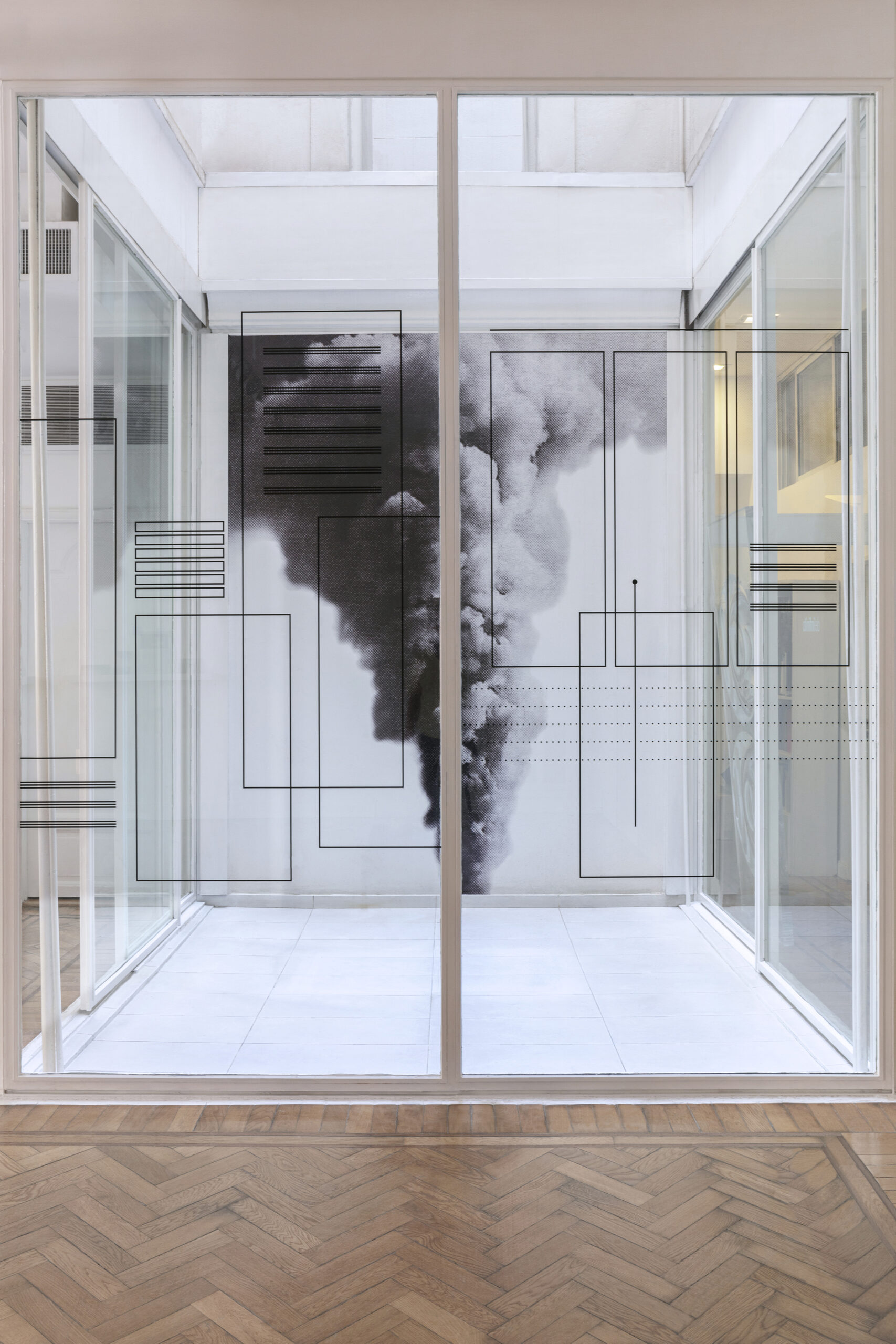



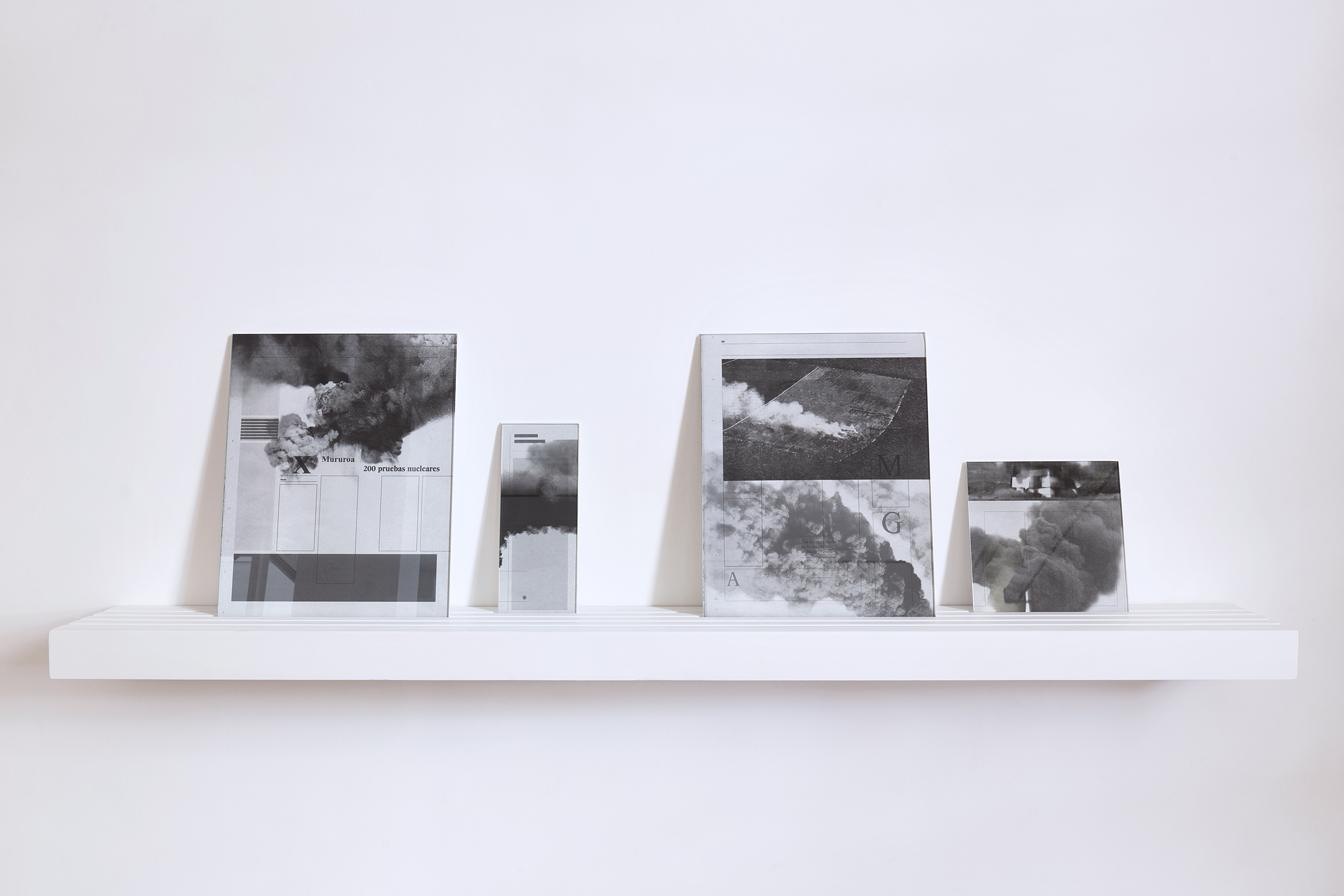

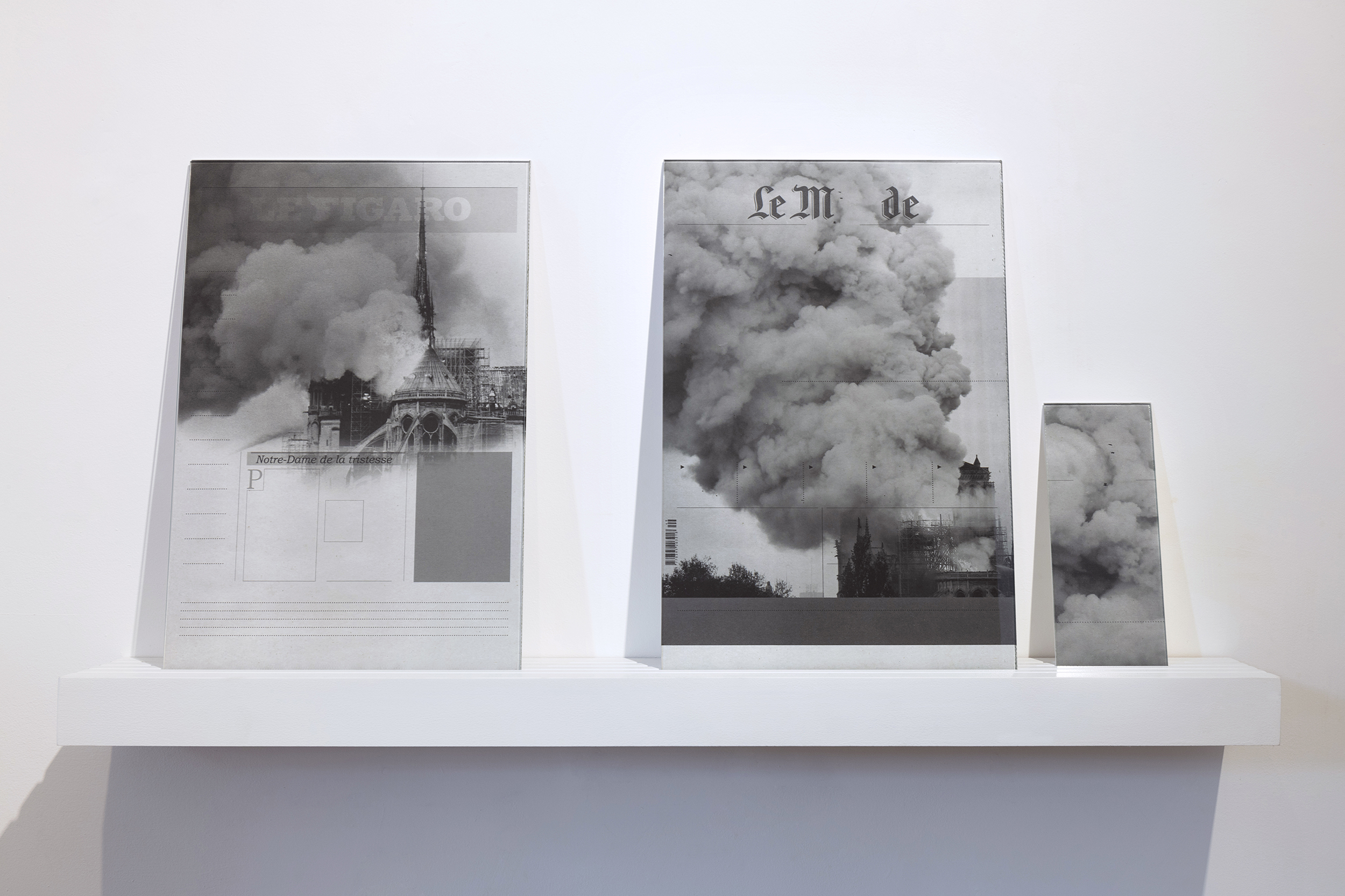

press
other exhibitions
Axel Straschnoy, Beto De Volder, Clorindo Testa, Emilio Pettoruti, Enio Iommi, Esteban Pastorino, Gyula Kosice, Manuel Espinosa, Marcela Cabutti, Matilde Marin, Rogelio Polesello, Romina Ressia, Romulo Macció · 12.12.2023 - 15.02.2024
Indefinit
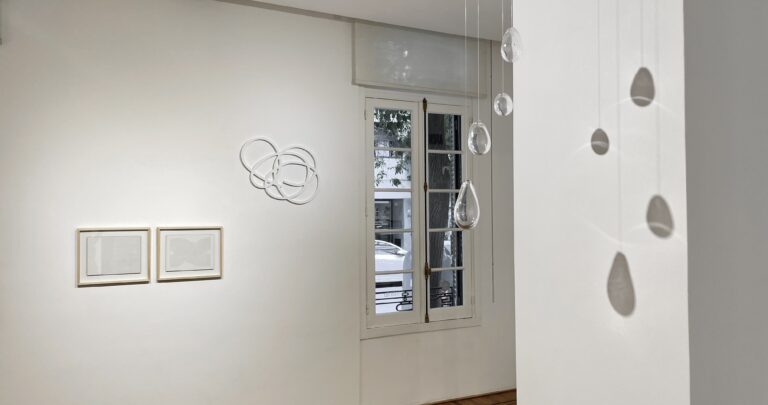
Axel Straschnoy · 02.11.2023 - 29.12.2023
Brave the Heavenly Breezes
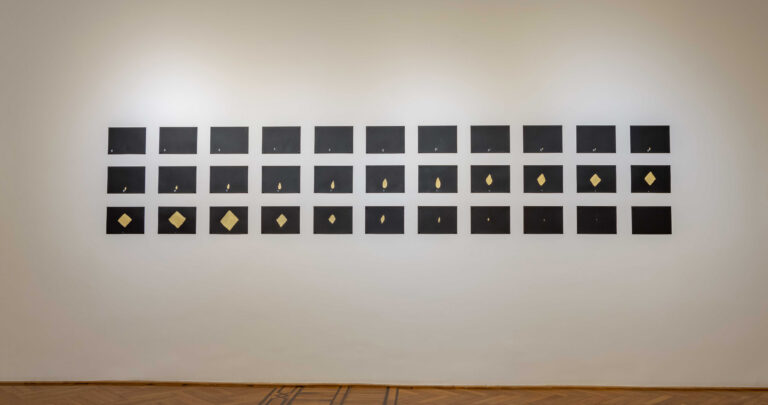
André Komatsu, Enio Iommi, Clorindo Testa · 23.08.2023 - 31.10.2023
Hiato

Mariela Vita · 12.07.2023 - 16.08.2023
GEJIGEJI

Polesello, Aizenbeg, Kosice, Vardanega, Le Parc, Iommi, Puente, Arden Quin, Espinosa, Demarco, Straschnoy, De Volder, Pastorino, Imola, Batistelli, Cabutti, Reyna · 09.02.2023 - 15.03.2023
Eléctrico/ ecléctico
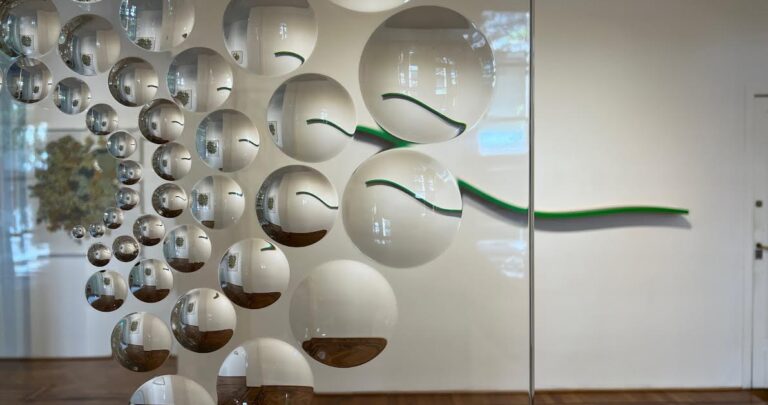
Fabiana Imola & Aníbal Brizuela · 16.09.2022 - 02.12.2022
Inside, the shapes. They move alone
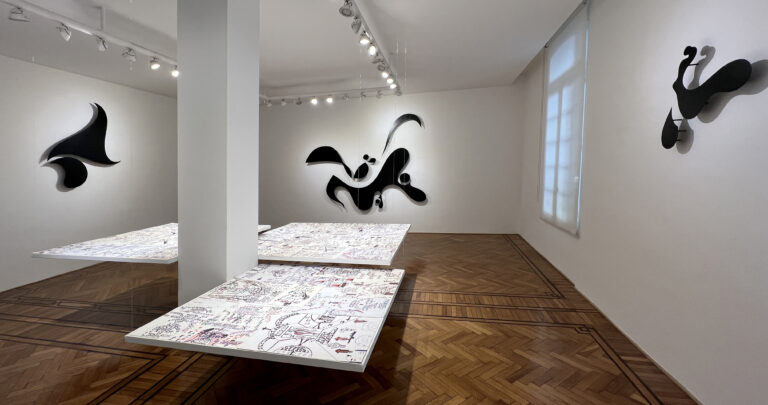
Romina Ressia · 09.06.2022 - 25.08.2022
Grow flowers
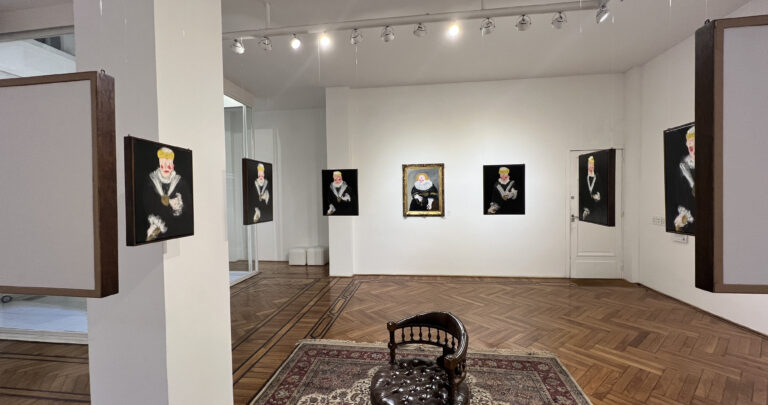
Martín Reyna · 11.03.2022 - 03.06.2022
Color in transit
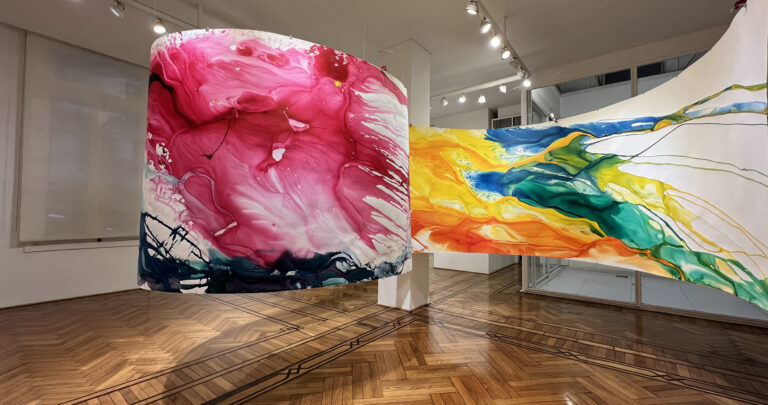
Matilde Marín · 08.02.2022 - 02.03.2022
25FPS

Clorindo Testa · 11.11.2021 - 31.01.2022
Testa, projects and other games

Cabutti, De Volder, Reyna, Imola, Ventoso, Ressia. · 05.10.2021 - 22.10.2021
Group Show 2021 II

Matilde Marín · 23.07.2015 - 21.09.2015
Undetermined landscapes
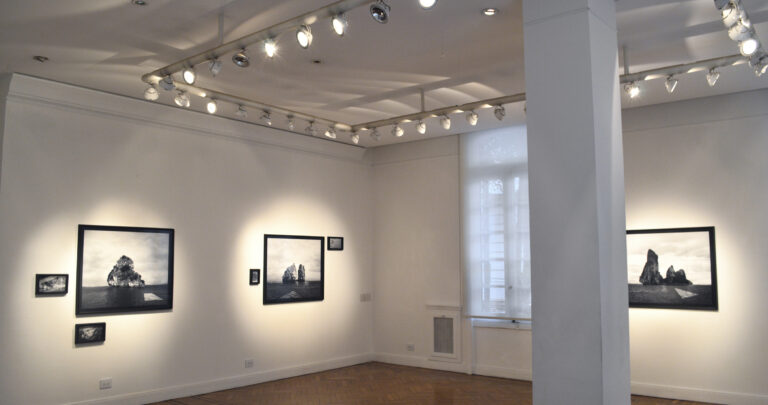
Marcela Cabutti · 16.07.2021 - 22.09.2021
Balcarce, topographic memories of a landscape

Benito Laren · 12.05.2012 - 22.06.2012
Casino
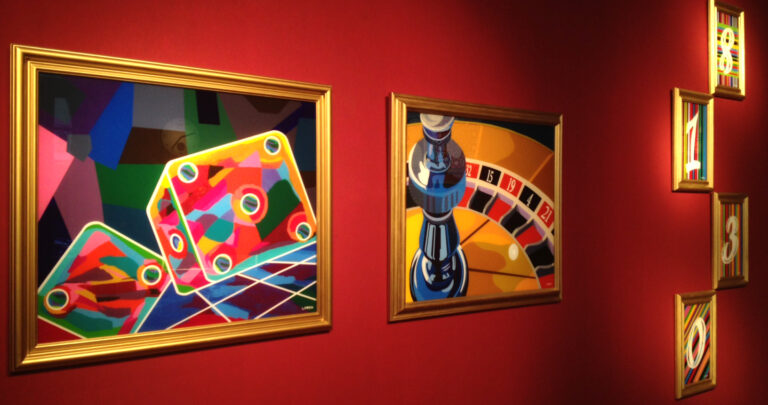
Lila Siegrist · 26.06.2012 - 27.08.2012
Vikinga Criolla
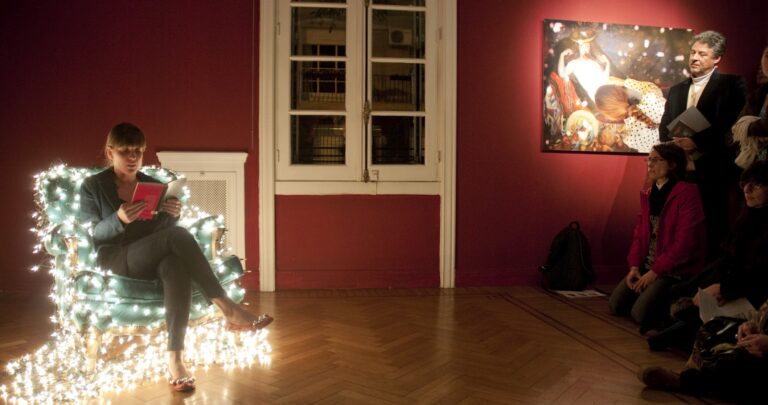
Cárdenas, Imola, Marin, Res, Sommerfelt, Ventoso · 10.08.2012 - 11.10.2012
Morphological confrontations
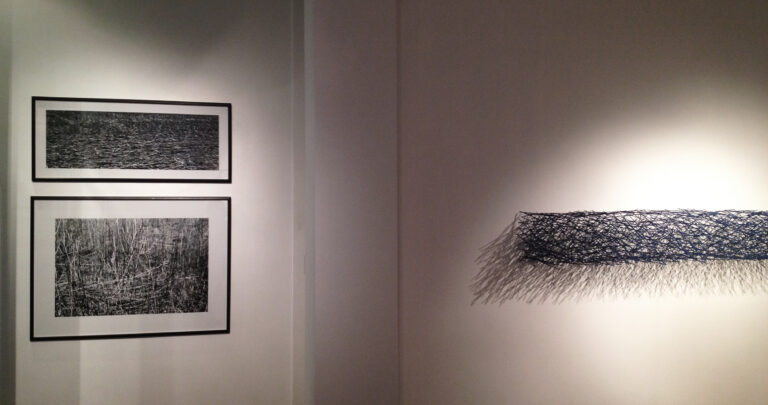
Martin Reyna · 20.09.2012 - 20.11.2012
Reyna in the horizon of color
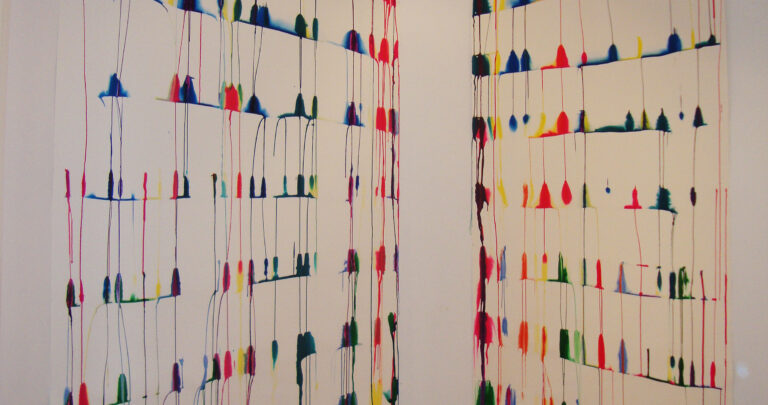
Romina Orazi · 04.12.2012 - 04.02.2013
Subject to infinite division
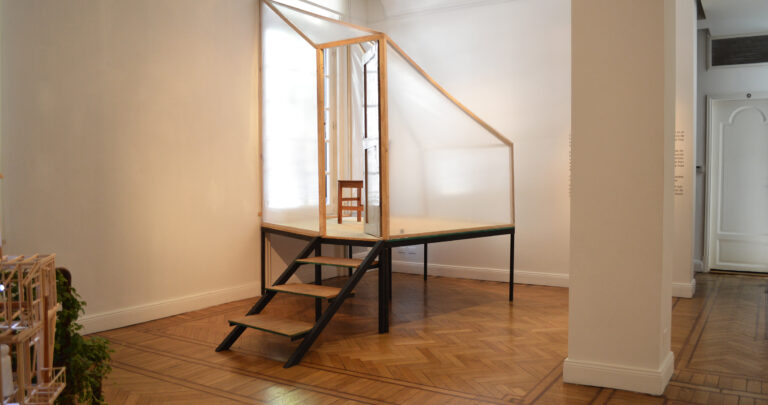
Aizenberg, Boto, Espinosa, Iommi, Lozza, Le Parc, Kosice, Silva, Tomasello, Vardánega · 01.06.2013 - 31.07.2013
Dimensional
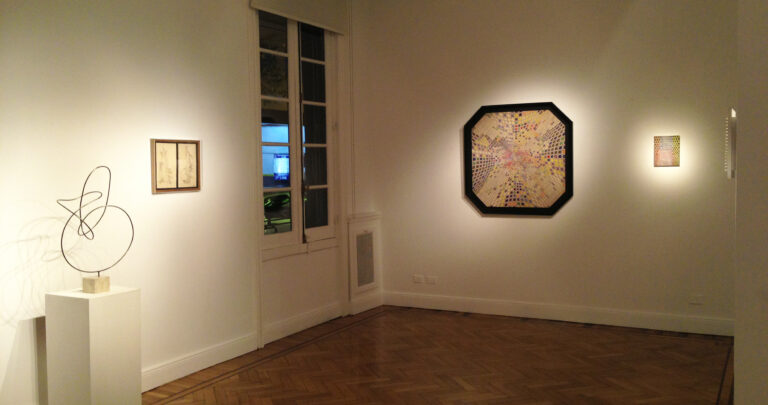
Antoniadis, Marín · 07.09.2013 - 07.11.2013
Double contrast
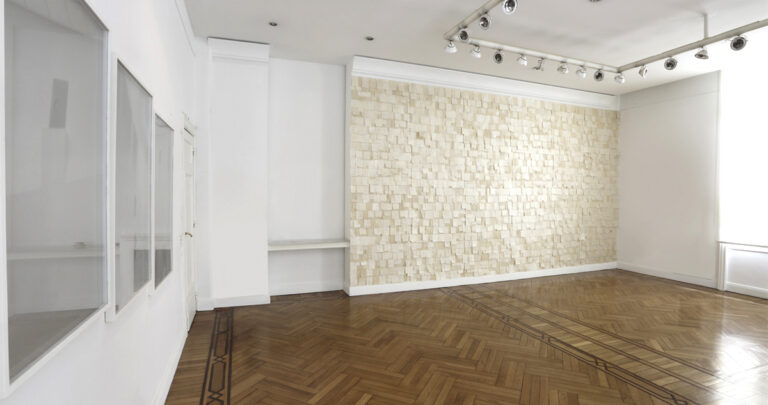
Andrés Sobrino · 28.03.2013 - 30.05.2013
Andrés Sobrino

Antoniadis, Cabutti, Laren, Reyna, Florido, Sobrino, Straschnoy, Tarazona, Ventoso · 20.12.2013 - 15.02.2014
Universus

Elena Dahn · 25.03.2014 - 26.05.2014
Elena Dahn

Marcela Cabutti · 15.07.2014 - 15.09.2014
Finding meaning through shapes

Axel Straschnoy · 12.11.2014 - 19.01.2015
La Figure de la Terre
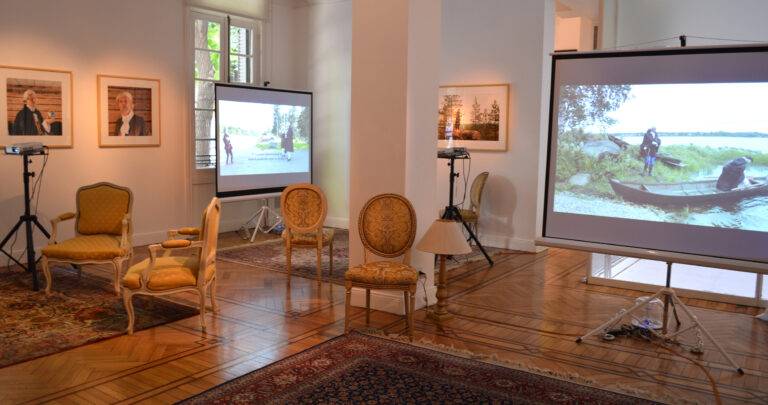
Fusilier, León, Quesada Pons y Vega · 15.03.2015 - 30.04.2015
Limbo

Luciana Levington · 28.05.2015 - 24.07.2015
Luciana Levinton

Leo Battitelli · 12.11.2015 - 12.01.2016
Gargalhadas

Hasper, Scafati · 10.02.2016 - 11.04.2016
Womens’ double
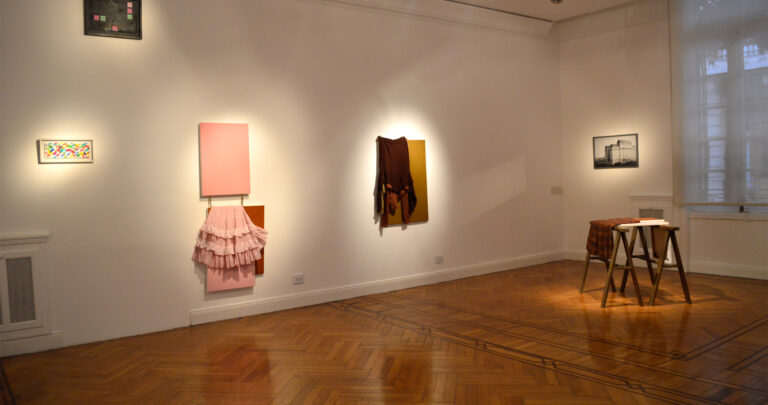
Axel Straschnoy · 12.05.2016 - 13.06.2016
Today, great tomorrow!, in the pines wind blows from the past.
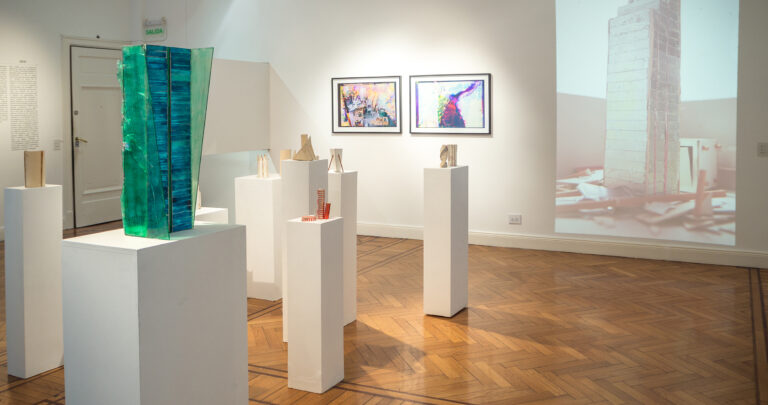
Arden Quin, Boto, Demarco, Espinosa, Iommi, Le Parc, Lozza, Polesello, Puente, Silva, Testa, Tomasello · 07.06.2016 - 05.08.2016
Masters of the avant-garde

De Volder, Sobrino · 11.08.2016 - 10.10.2016
Andres Sobrino and Beto De Volder

Battistelli, Cabutti, Cacchiarelli, Sobrino, De Volder · 02.01.2017 - 28.02.2017
2017 Group Show

Fabiana Imola · 28.02.2017 - 14.04.2017
The forest, the rain and other scenes
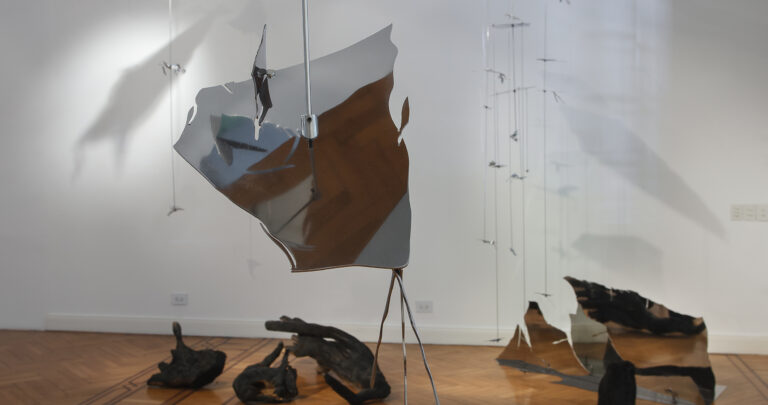
Alberto Heredia · 06.09.2017 - 11.10.2017
Alberto Heredia

Federico Manuel Peralta Ramos · 31.10.2017 - 29.12.2017
Federico Manuel Peralta Ramos
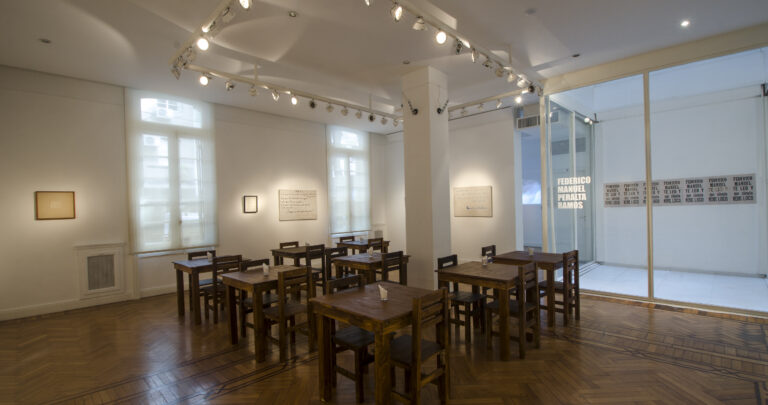
Marcela Cabutti · 10.11.2017 - 31.01.2018
About the effective distance between objects

Luciana Rondolini · 15.02.2018 - 15.04.2018
End
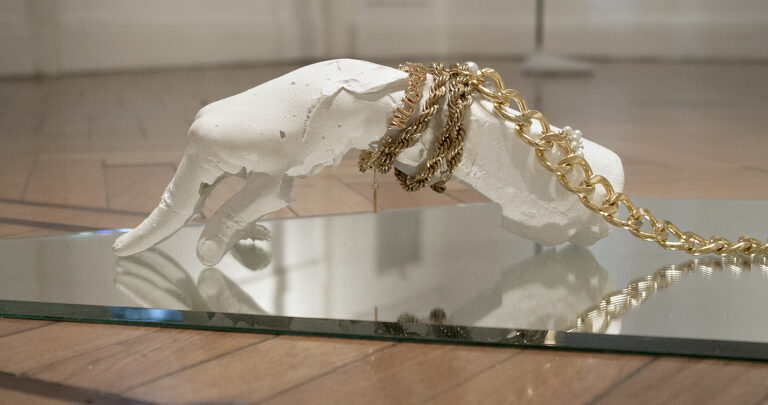
Estanislao Florido · 27.04.2018 - 01.07.2018
The disenchanted object

Battistelli, Cabutti, Marín, Straschnoy, Ventoso, De Volder · 06.07.2018 - 31.08.2018
2018 Group Show

Rogelio Polesello · 06.09.2018 - 20.12.2018
Vortex

Cabutti, Imola, Marín, Reyna, Rondolini, Straschnoy, De Volder · 27.02.2019 - 03.04.2019
2019 Group Show

Alberto Greco · 04.04.2019 - 31.08.2019
The bad handwriting
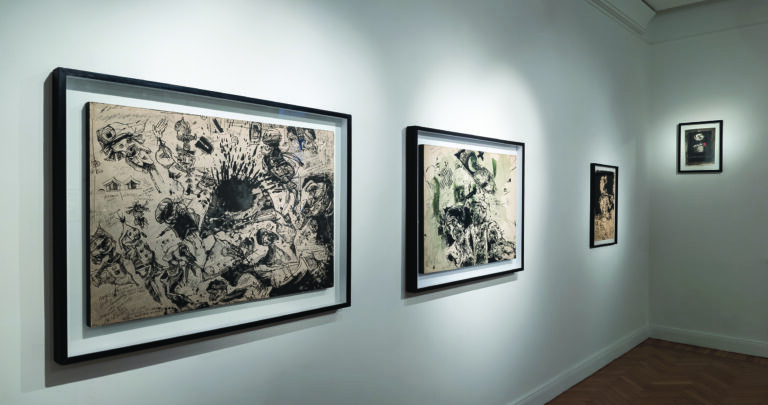
Esteban Pastorino · 10.09.2020 - 29.01.2021
Pastorino
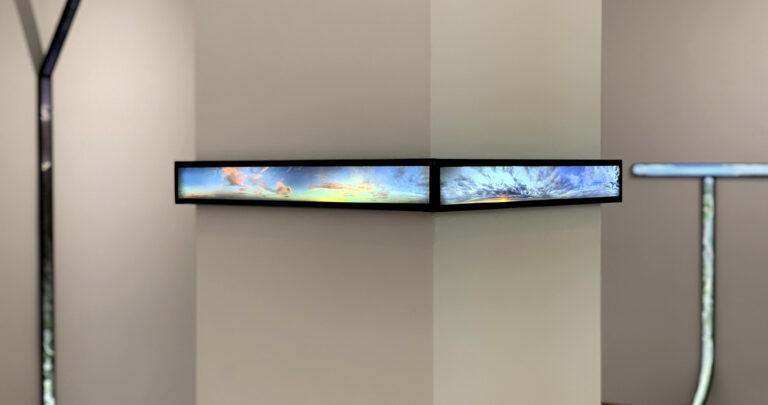
Marín, Imola, De Volder, Reyna, Florido, Straschnoy, Pastorino · 08.02.2021 - 01.04.2021
2021 Group Show
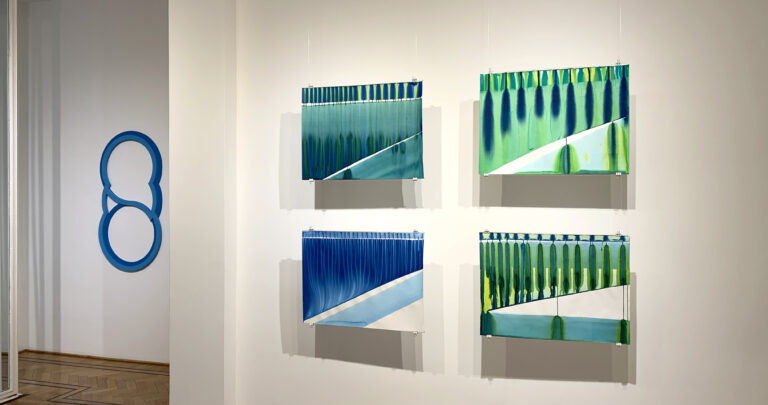
Alberto Greco · 06.04.2021 - 30.06.2021
LA PITTURA È FINITA. Poses and impostures of Alberto Greco in Italy
